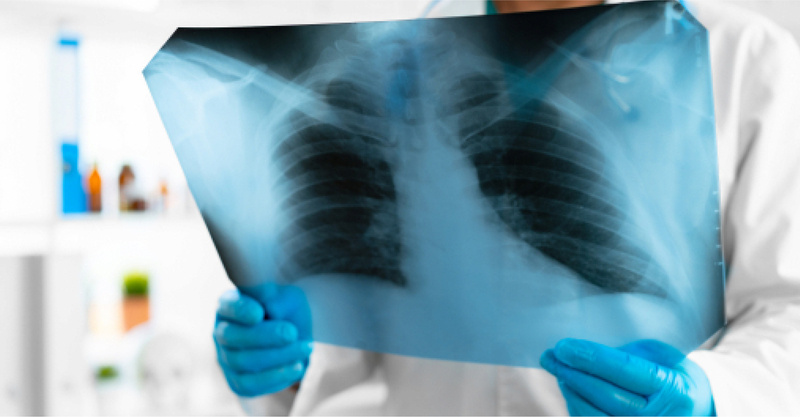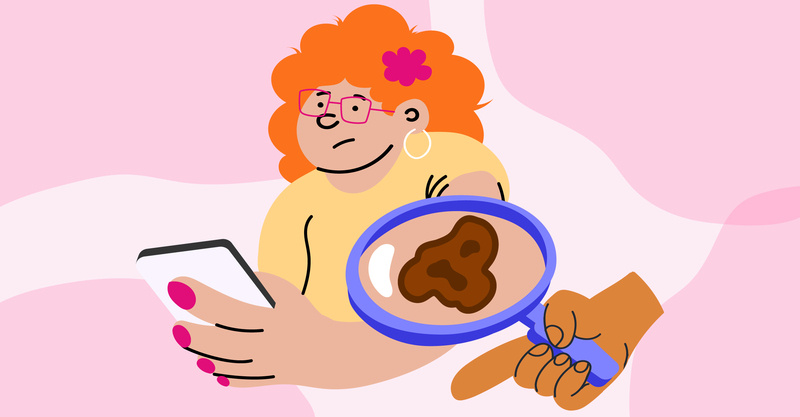Key Points
- Cryotherapy is a medical procedure that uses extreme cold to destroy harmful tissues and cells in the body, treating a range of conditions from warts to mood disorders.
- The procedure can completely remove warts, freeze cancerous cells, relieve migraine symptoms, improve rheumatoid arthritis, treat skin conditions, aid in weight loss, and improve mood disorders.
- Whole-body cryotherapy can stimulate the release of hormones such as endorphins and adrenaline, which can improve mood disorders.
- However, cryotherapy also carries risks, including blisters, ulcers, pain, infection, scarring, changes in skin color, infertility, nerve damage, asphyxiation, loss of consciousness, eye injury, burns, and frostbite.
7 Reasons You Would Need Cryotherapy
1. Remove Warts
Cryotherapy is one of the most common treatments for warts.[1] Liquid nitrogen is applied directly to the wart to destroy cells in the top layer of skin and shrink or freeze off the wart. Warts can usually be completely removed over several cryotherapy treatments with breaks of at least one week between each treatment session.
2. Treat Cancer
Cryotherapy can be used to freeze and destroy abnormal cells that cause cancer.[2] Cryotherapy used to treat cancer is also known as cryosurgery and can treat both external and internal tumors, cells, and tissue. Cryotherapy may be used to treat many cancers such as those of the skin, cervix, prostate, retina, and liver.
3. Reduce Migraine Symptoms
Cryotherapy is shown to numb and cool nerves in the neck to reduce symptoms of migraines.[3] This therapy also cools carotid arteries and the blood vessels that pass through the skull to treat migraines.
4. Reduce Arthritis Symptoms
Whole-body cryotherapy can help reduce pain, swelling, and inflammation in the joints to improve symptoms of rheumatoid arthritis.[4] This method of cryotherapy involves exposing the body to vapors that reach temperatures between -200 and -300 degrees Fahrenheit.[5] Treating arthritis using cryotherapy can reduce pain and symptoms for about 90 minutes.
5. Treat Skin Conditions
Eczema, acne, atopic dermatitis, and also actinic and solar keratosis are just some skin conditions that can be treated using cryotherapy.[6] Cryotherapy can destroy inflammatory tissues and glands that contribute to these skin problems, reducing symptoms like itching and making skin look clearer and healthier.[7]
6. Lose Weight
Cryotherapy is shown to destroy fat tissue in people who are overweight or obese. Using cryotherapy to target problem areas in the hips, lower back, and lower abdomen is shown to significantly reduce subcutaneous fat over the course of several weeks and months.[8] Whole-body cryotherapy may also aid in fat loss by forcing the body to work harder at staying warm while burning excess calories in the process.
7. Treat a Mood Disorder
Mood disorders such as anxiety and depression are often caused by imbalances in hormones and brain neurotransmitters, including serotonin and dopamine. Whole-body cryotherapy is shown to trigger the release of endorphins, adrenaline, and other hormones that improve symptoms of mood disorders.[9]
Understanding Cryotherapy
Cryotherapy is a medical treatment that uses extremely cold temperatures to destroy harmful body tissue and cells.[10] This treatment can take place in either an inpatient or outpatient medical setting and can be administered in many different ways depending on the health or medical condition being treated. Cryotherapy is an alternative to conventional medical treatments like surgery, radiation, and pharmacotherapy.
Treatments for warts and skin cancer may involve the use of an instrument called a cryoprobe—a long, thin surgical instrument that applies liquid nitrogen, liquid nitrous oxide, or compressed argon gas to the affected area.[11] Whole-body cryotherapy may require you to sit or stand in a chamber as your body is exposed to freezing temperatures for up to 4 minutes.[5]
Risks of Cryotherapy
The risks associated with cryotherapy will vary depending on the medical condition being treated and the cryotherapy method being used.
Cryotherapy treatments for the skin pose risks including blisters, ulcers, pain, infection, scarring, and changes in skin color.[10] When used to treat cancer, cryotherapy may cause complications including infertility, nerve damage, and damage to nearby bone tissue.[2] Whole-body cryotherapy offers potential risks of asphyxiation, loss of consciousness, eye injury, burns, and frostbite.[5]
Ask your doctor about the risks associated with the method of cryotherapy being used to treat your health condition. Your doctor will discuss the possible risks, side effects, and complications that may occur when receiving this treatment.
What to Expect with Cryotherapy
Cryotherapy is designed to freeze and destroy harmful body tissue so you can benefit from improved health and better quality of life. The outlook and prognosis of your medical condition will vary depending on the severity level of the condition, the type of condition you have, and the cryotherapy method being used.
Warts, skin lesions, and skin conditions may require treatment over the course of several cryotherapy sessions before being completely resolved.[10] The skin may turn red and blister within a few hours after the sessions, and also form scabs that peel away on their own within 1 to 3 weeks. The skin may be painful for up to 3 days but doesn’t require special care during the healing process. Keep skin covered with bandages or dressings, and gently wash the affected areas up to 2 times per day.[10]
Cryotherapy for cervix cancer and cervical dysplasia involves the insertion of a cryotube into the vagina, which uses compressed nitrogen gas to freeze and destroy abnormal cells. Freezing is performed for 3 minutes, followed by a 5-minute break before another 3-minute freezing session.[12] Women may feel lightheaded immediately following the procedure but can quickly resume normal activities the same day. Cryotherapy on the cervix may cause watery discharge for up to 3 weeks following the surgery.[12]
Talk to your doctor about what you can expect from cryotherapy if you are being treated for another condition. Your doctor can discuss how this treatment will be performed, along with what to expect in terms of healing, recovery, and wound care.
Questions to Ask Your Doctor About Cryotherapy:
- How many cryotherapy sessions will I need?
- How long does each session last?
- Will I need local or general anesthesia for cryotherapy?
- Will cryotherapy treat the root cause of my medical condition?
- Will my medical condition come back after cryotherapy?
- What are the side effects of cryotherapy?
- What are the possible risks and complications of cryotherapy for my condition?
- How long have you been performing cryotherapy?
- What is the recovery time for cryotherapy?
- When can I resume normal activities after cryotherapy?
- Will I feel cold during cryotherapy?
- Are there any health problems that could prevent me from receiving cryotherapy?
- What should I wear during cryotherapy?
Cryotherapy May Also Be Known as:
- Cryosurgery
- Cold therapy
- Whole-body cryotherapy
References
Frequently asked questions
What conditions can cryotherapy treat?
Cryotherapy can treat a variety of conditions including warts, cancer, migraines, arthritis, skin conditions, weight loss, and mood disorders.How does cryotherapy work to treat these conditions?
Cryotherapy uses extremely cold temperatures to destroy harmful tissues and cells in the body. For example, it can freeze and destroy abnormal cells that cause cancer, or destroy inflammatory tissues and glands that contribute to skin problems.Can cryotherapy help with weight loss?
Yes, cryotherapy can aid in weight loss by destroying fat tissue in overweight or obese individuals.Does cryotherapy have any side effects or risks?
Yes, cryotherapy carries risks including blisters, ulcers, pain, infection, scarring, changes in skin color, infertility, nerve damage, asphyxiation, loss of consciousness, eye injury, burns, and frostbite.Can cryotherapy improve mood disorders?
Yes, whole-body cryotherapy can trigger the release of endorphins, adrenaline, and other hormones that can improve symptoms of mood disorders.How many treatments are needed to remove warts using cryotherapy?
Warts can be completely removed over several cryotherapy treatments.Does cryotherapy cause pain?
Yes, cryotherapy can cause pain, but it can also numb and cool nerves to reduce symptoms of conditions like migraines and rheumatoid arthritis.Are there any long-term complications associated with cryotherapy?
Yes, long-term complications can include infertility and nerve damage when used to treat cancer, and changes in skin color for skin treatments.










